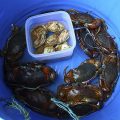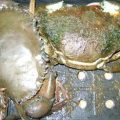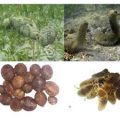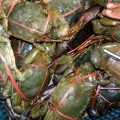“Sa alimango, kikita tayo.” Soft-shell crab farming is a profitable business providing employment and dollar income, hence the increasing interest of farmers and aquaculturists to engage in the said farming activity.
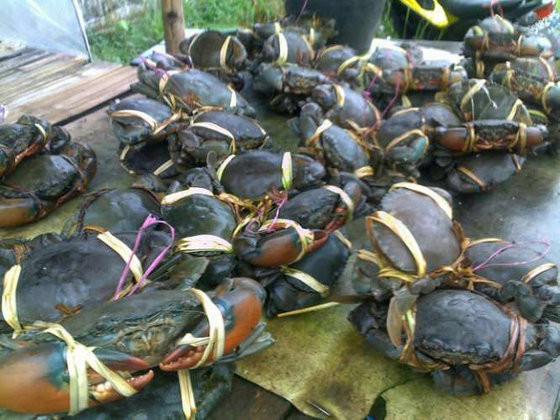
In Asia, commercial soft-shell crab production has been established in Thailand, Myanmar, and Vietnam. Soft-shell crabs are sold to local restaurants and exported to Hong Kong, Singapore, South Korea, Japan, Europe, and the United States. Soft-shell crabs command a higher price since they can be eaten whole when cooked.
Soft-shell crab farming involves the sourcing of immature crabs when they are still soft-shelled. After sorting, these are held in aerated freshwater and then processed.
Since seedstocks for mud crab farming are sourced from the wild, this results to further depletion of its natural resources. This concern of mud crab farming, however, has been addressed in a project funded by the Philippines Council for Agriculture, Aquatic and Natural Resources Research and Development (PCAARRD) of the Department of Science and Technology.
Titled as ‘Development of protocols for the production of hatchery-reared mud crab (Scylla serrata) juveniles for soft-shell crab farming,’ the project showed that hatchery-reared crab grown from nursery to 60-100 g body weight (BW) was feasible. The project is under the program on “Refinement of Mud Crab Nursery Technology.”
With the results of the project, farmers engaged in soft-shell crab production can now use hatchery-reared crab as seedstock, thus reducing pressure in wild crab population. This will also assure producers of year-round availability of seedstock, provide exportable value-added products for crabs and added income for crab producers.
Soft-shell crab can be produced either communally or individually by allowing the 60-100 g hard-shelled crabs to molt or cast off a part of its covering.
In communal rearing, crabs are stocked in tanks, bamboo or net cages installed in pond while in individual rearing, the crabs are maintained in perforated plastic boxes that are held in pontoons or floating platforms. In any system used, the newly molted crabs are retrieved, sorted, held in freshwater, packed, and stored in freezer prior to marketing.
PCAARRD’s support on mud crab production is part of its commitment to Outcome One – to provide science-based know-how and tools that will enable the agricultural sector to raise productivity to world-class standards. PCAARRD will showcase this commitment in its participation to the National Science and Technology Week (NSTW) on July 24-28 at SMX Mall of Asia, Pasay City.
The 2015 NSTW adopts the theme “Philippines: A Science Nation Innovating for Global competitiveness.” PCAARRD, on the other hand, adopts “Strategic Industry S&T Program for Agri-Aqua Growth (SIPAG) ni Juan” as its theme.
The theme as adopted by PCAARRD is expected to bolster PCAARRD’s commitment to Outcome One which the Council pursues, through its Industry Strategic S&T Plans, among other programs, hence, the tagline SIPAG ni Juan.
by Adelaida T. Calpe, DOST-PCAARRD S&T Media Service
